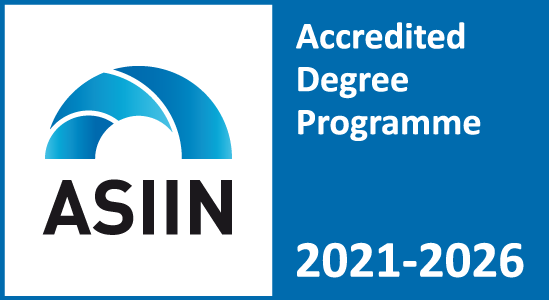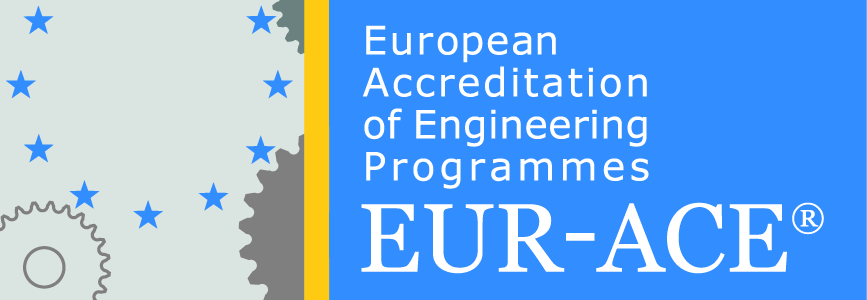| 1. | Course Title | Dedicated Processors | |||||||||||
| 2. | Code | 4ФЕИТ12006 | |||||||||||
| 3. | Study program | 7-NKS, 20-IMSA | |||||||||||
| 4. | Organizer of the study program (unit, institute, department) | Faculty of Electrical Engineering and Information Technologies | |||||||||||
| 5. | Degree (first, second, third cycle) | Second cycle | |||||||||||
| 6. | Academic year/semester | I/1 | 7. | Number of ECTS credits | 6.00 | ||||||||
| 8. | Lecturer | Dr Tatjana Nikolic | |||||||||||
| 9. | Course Prerequisites | ||||||||||||
| 10. | Course Goals (acquired competencies):
Acquiring knowledge of different types of application purpose processors. Introduction to design of dedicated processors: application areas and examples. Knowledge and use of methods and techniques for designing application specific processors. |
||||||||||||
| 11. | Course Syllabus:
Acquiring knowledge of different types of dedicated processors. Fields of application of dedicated processors: multimedia, image processing, digital signal processing, network processing, wired and wireless networks, security and protection of computer systems, cryptography, low-power consumption processing, smart devices, smart home etc. Common features of dedicated processors and challenges in their design. Concepts and techniques for dedicated processors design. Traditional design flow, platform-based design. Application mapping: problem definition, planning of system for real-time operation, hardware and software partitioning, heterogeneous multi-processor mapping. Practical aspects of hardware/software co-design in dedicated processors design. |
||||||||||||
| 12. | Learning methods:
Lectures, independent learning, independent work on project tasks and preparation of seminar papers. |
||||||||||||
| 13. | Total number of course hours | 180 | |||||||||||
| 14. | Distribution of course hours | 3 + 3 | |||||||||||
| 15. | Forms of teaching | 15.1 | Lectures-theoretical teaching | 45 hours | |||||||||
| 15.2 | Exercises (laboratory, practice classes), seminars, teamwork | 45 hours | |||||||||||
| 16. | Other course activities | 16.1 | Projects, seminar papers | 30 hours | |||||||||
| 16.2 | Individual tasks | 30 hours | |||||||||||
| 16.3 | Homework and self-learning | 30 hours | |||||||||||
| 17. | Grading | ||||||||||||
| 17.1 | Exams | 10 points | |||||||||||
| 17.2 | Seminar work/project (presentation: written and oral) | 50 points | |||||||||||
| 17.3. | Activity and participation | 0 points | |||||||||||
| 17.4. | Final exam | 40 points | |||||||||||
| 18. | Grading criteria (points) | up to 50 points | 5 (five) (F) | ||||||||||
| from 51 to 60 points | 6 (six) (E) | ||||||||||||
| from 61 to 70 points | 7 (seven) (D) | ||||||||||||
| from 71 to 80 points | 8 (eight) (C) | ||||||||||||
| from 81 to 90 points | 9 (nine) (B) | ||||||||||||
| from 91 to 100 points | 10 (ten) (A) | ||||||||||||
| 19. | Conditions for acquiring teacher’s signature and for taking final exam |
Regular attendance at classes and prepared seminar work. |
|||||||||||
| 20. | Forms of assessment |
During the semester, tests are conducted during the classes. Written exam is taken for a maximum of 120 minutes at the end of the semester or in exam sessions. A seminar paper or project task (team or individual) is prepared. The final grade includes points from the exam, tests and from the seminar paper or project assignment. A special instruction published before each exam regulates the manner of taking the exam and the use of teaching aids and electronic devices during the exam. |
|||||||||||
| 21. | Language | Macedonian and English | |||||||||||
| 22. | Method of monitoring of teaching quality | Self-evaluation | |||||||||||
| 23. | Literature | ||||||||||||
| 23.1. | Required Literature | ||||||||||||
| No. | Author | Title | Publisher | Year | |||||||||
| 1. | Marilyn Wolf | High-Performance Embedded Computing | Elsevier | 2014 | |||||||||
| 2. | Paolo Ienne, Rainer Leupers | Customizable Embedded Processors: Design Technologies and Applications | Elsevier | 2007 | |||||||||
| 3. | F. Mayer-Lindenberg | Dedicated Digital Processors: Methods in Hardware/Software Co-Design | Wiley | 2004 | |||||||||
| 23.2. | Additional Literature | ||||||||||||
| No. | Author | Title | Publisher | Year | |||||||||
| 1. | Panos C. Lekkas | Network Processors: Architectures, Protocols and Platforms | McGraw Hill | 2003 | |||||||||



